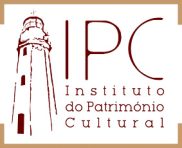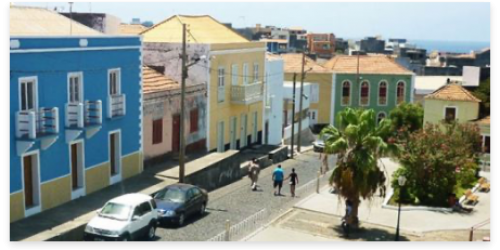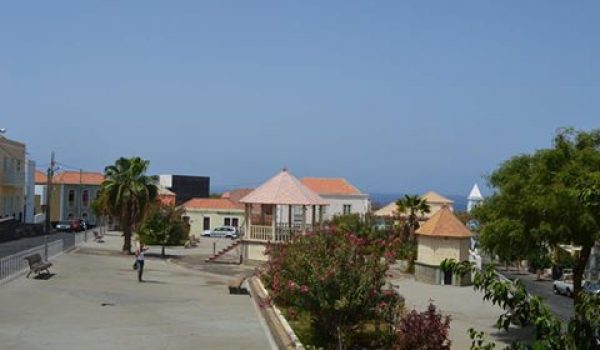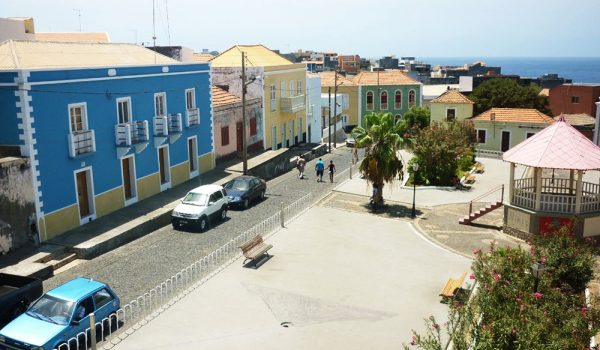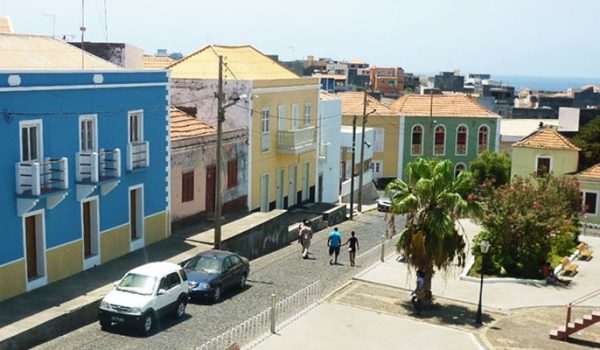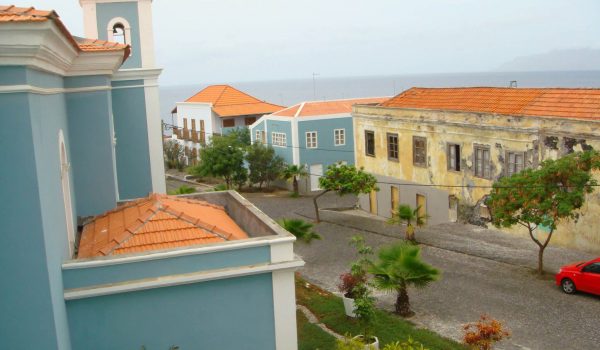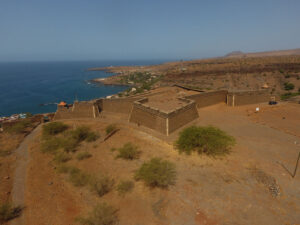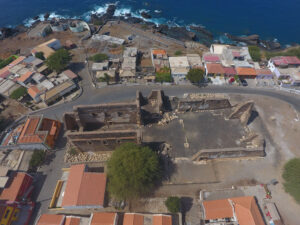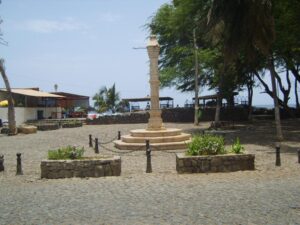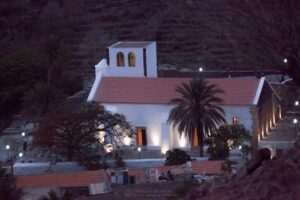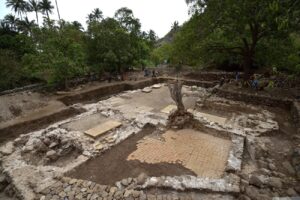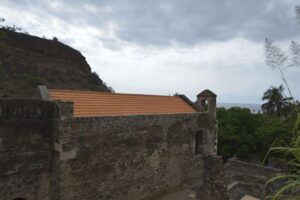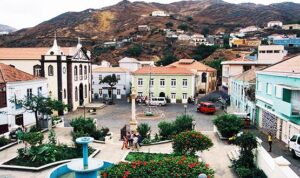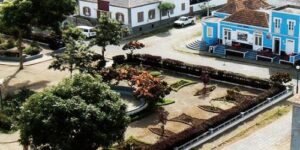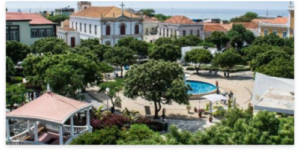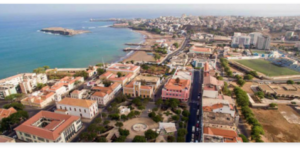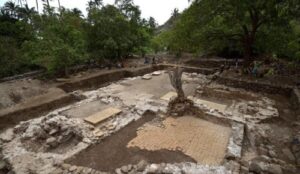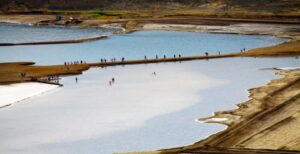A ilha do Fogo ou a ilha de São Filipe, como era conhecida aquando da descoberta em 1460 pelos portugueses, foi a segunda a ser povoada entre 1470 e 1490. A sua ocupação foi preconizada por ricos proprietários da Ribeira Grande de Santiago (Cidade Velha), com os seus escravos, no seguimento da carta de limitação de privilégios de 1472, que obrigava os moradores de Santiago a comercializarem, na costa africana, somente produtos originários da ilha.
Não obstante esta limitação, estes moradores aproveitaram a oportunidade para estender as suas produções de algodão para ilha do Fogo, sendo este utilizado para comercialização na costa africana, mesmo sabendo que estavam infringindo a lei. É neste contexto que São Filipe surgiu como primeiro centro urbano da ilha, emergindo no espaço onde foi construído a capela de São Felipe, local onde hoje fica o denominado “cemitério de baixo”.
ler maisAs slave trade in Ribeira Grande (Cidade Velha), São Filipe played a crucial role, because the main product of exchange in the rescue of slaves on the African coast was cotton. The cloth produced on the island of Fogo was very appreciated in the slave trade, thus leading the Portuguese Crown, in 1687, to prohibit its commercialization to the competing maritime powers (France, Holland and England).
However, with the decline of Ribeira Grande, in the 18th century, São Filipe experienced a period of economic decline, leading large landowners to replace cotton production with other crops, including legumes, wine, coffee and purgueira. Therefore, São Filipe experienced an economic increase, with the export of corn and beans to Madeira and the Canary Islands, but also coffee and wine, the latter being highly appreciated in the Brazilian market.
In this way, the production and export of the island allowed the enrichment of the local elite, with significant repercussions in terms of the urban buildings of São Filipe, in the specific case of the townhouses, which dominate the urban fabric of this historic center.
The Historic Centre of São Filipe was registered on the Cabo Verdean of Indicative List for UNESCO on 16 March 2016, for criteria IV and VI.
ler menos